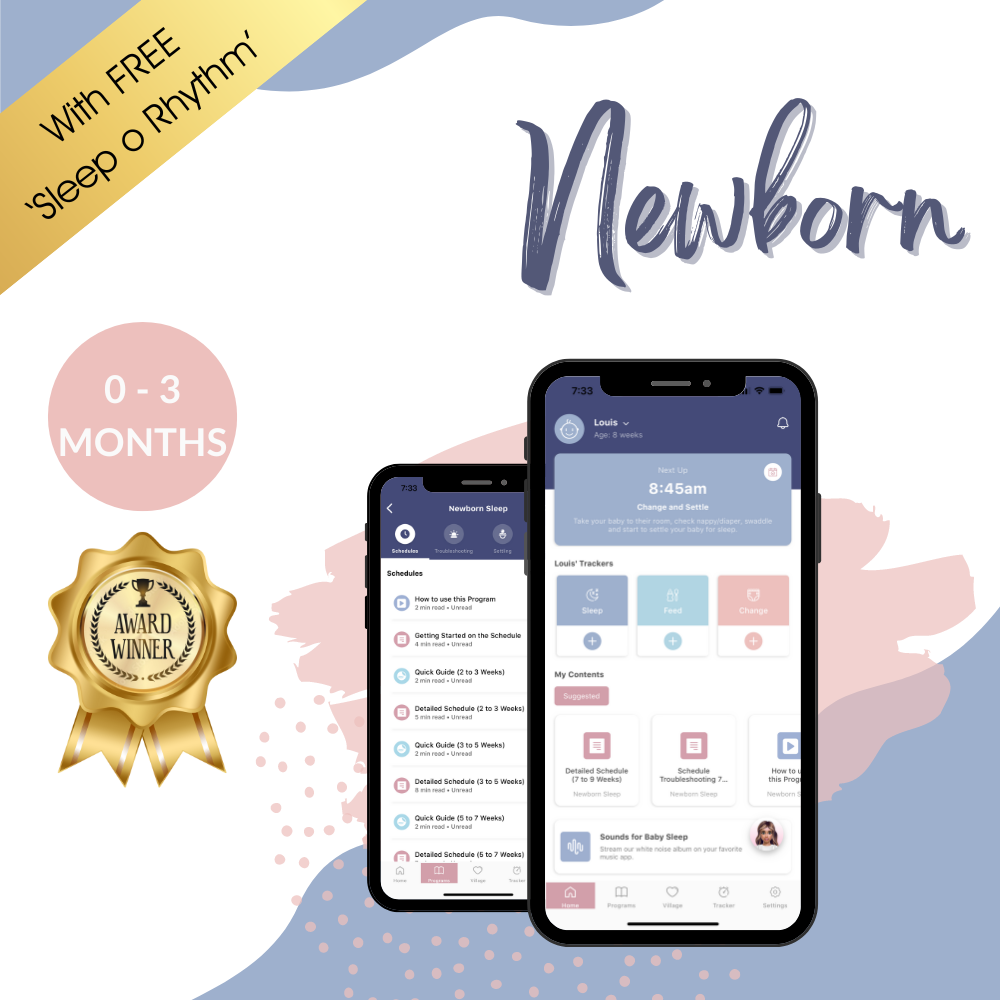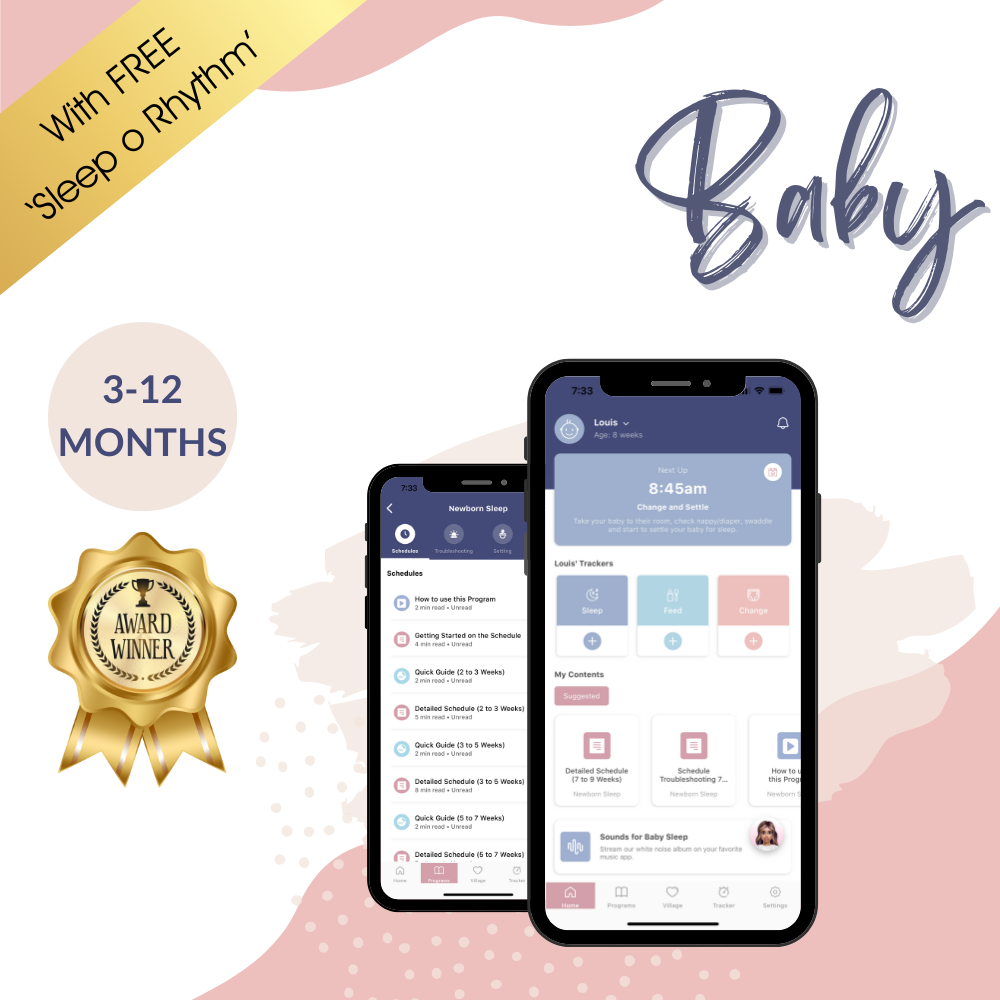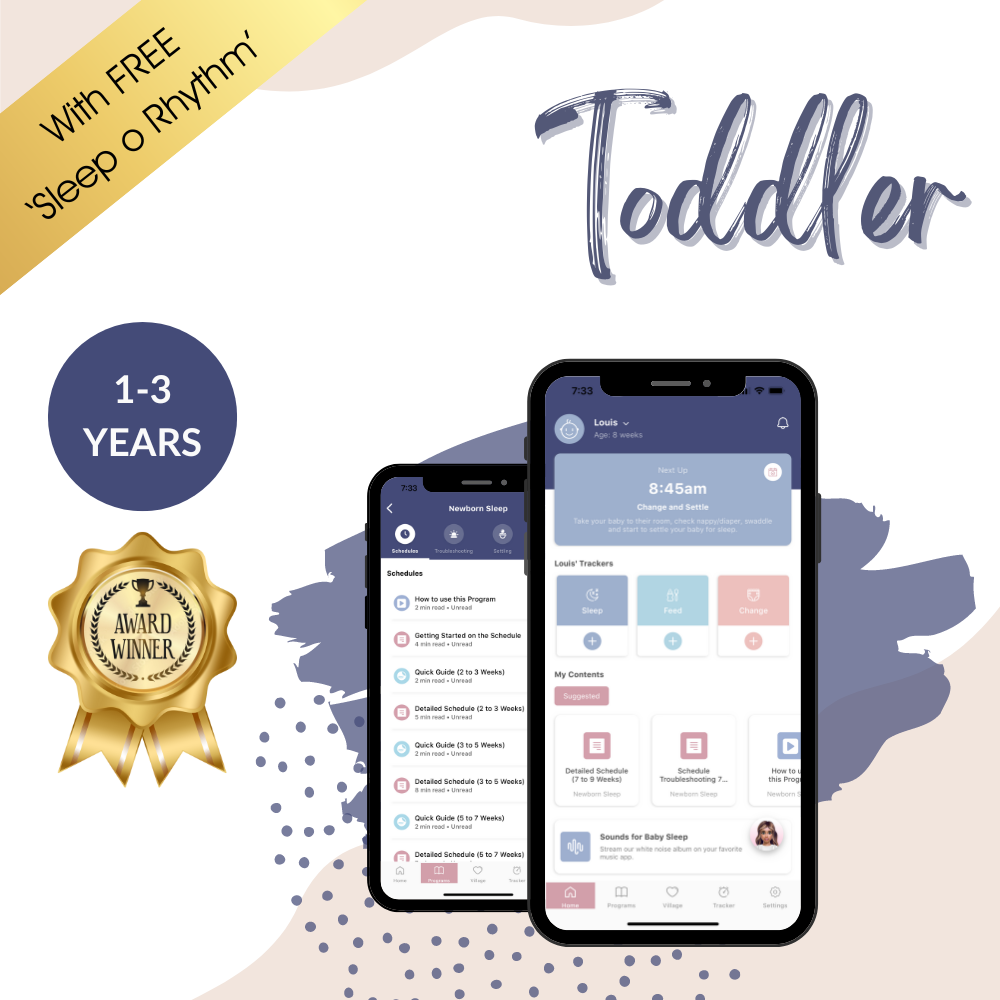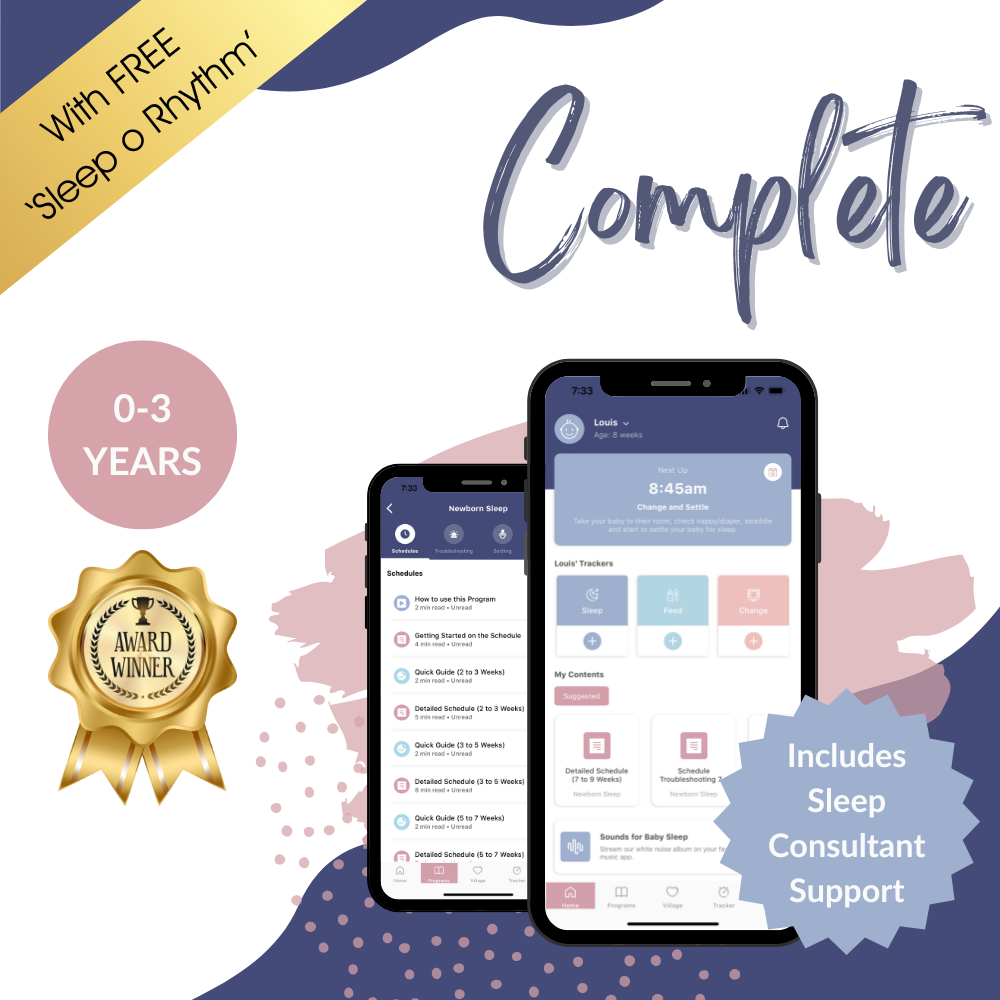
The Importance of Wake Windows by Age for Baby Sleep (With Chart)
For parents, especially new ones, the sleep patterns of a baby can often feel like a puzzle. How long should they stay awake? When is it time for another nap? What's the secret to ensuring a good night's sleep for everyone? The answer lies in understanding a secret known as "wake windows." In this article, we'll delve into the world of wake windows, shedding light on how this crucial concept can help you and your baby achieve better sleep.
What Are Wake Windows?
Wake windows are specific periods of time during which your baby is awake and alert between naps or nighttime sleep. They are actually the key to your baby's sleep and ensuring that they are well-rested without becoming overtired. These windows can vary depending on your baby's age, but they are truly essential (and often underrated) for assisting your baby's sleep.
Why Are Wake Windows Important?
- Prevent Overtiredness: Keeping your baby within their wake window helps prevent overtiredness. When a baby becomes overtired, it can be much more challenging to get them to sleep due to elevated levels of cortisol coursing through their little bodies. An overtired baby will struggle to fall asleep, often becoming fussy and resisting sleep altogether. They can then have shorter, fragmented sleep as a result.
- Prevent Undertiredness: You might not have heard of this one, but undertiredness is a very real thing and a common reason babies won't settle to sleep or sleep well. Quite simply, if a baby hasn't been awake for long enough between naps, they will not settle well nor sleep for very long. Undertiredness is a main culprit of night waking in young babies and is easily remedied by making sure your little one is having the right amount of awake time in the day.
- Better Sleep Quality: Staying within the appropriate wake window can lead to more consolidated and restful sleep, supporting your baby’s natural sleep cycles, both for naps and overnight. When a baby is put to sleep at the right time, they are more likely to sleep well and wake up refreshed.
- Developmental Benefits: Wake windows play a significant role in your baby's cognitive and physical development. During these periods, they are alert and engaged, learning and exploring the world around them, so it is important to get the length of these awake periods right.
Struggling with overnight wakes?
We can help you get more sleep! With the customised sleep schedules, gentle settling methods and personalised support available in our Little Ones App, you and your little one will soon be sleeping soundly.
Get our Baby Sleep App
Wake Windows by Age:
Your baby’s wake windows will change as they grow, and it’s important to adjust accordingly to support healthy sleep habits. The following age ranges will help guide you on what the typical wake windows are for each developmental stage:
- 0-2 months: Newborns have very short wake windows, initially, but they lengthen pretty quickly. This is because your baby is developing at such a rapid rate during this time; it is important you also keep up with their changing wake windows to help them sleep well. Your baby's wake windows will be around 1 hour at just a couple days old, then move closer to 2 hours by the time they're 2 months old.
- 2-4 Months: As your baby grows, their wake windows will gradually lengthen to about 2-2.5 hours by the time they're 4 months old. This period allows for more interaction and play, as well as ensuring they have plenty of feed opportunities and are properly ready for sleep when it's nap time.
- 4-6 Months: At this age, wake windows increase to 2.5 hours, with an emphasis on three consistent naps during the day. Establishing a regular sleep schedule can be especially helpful during this rocky period of sleep for your little one, which is marked by a huge shift in their sleep mechanics (commonly called the 4 month sleep regression).
- 6-12 Months: At this age, your baby can tolerate longer wake windows and will start to drop to two naps per day. Your baby's wake windows continue to extend, typically ranging from 2.5 to 3.5 hours, depending on their age and the time of day. Consistency in daily routines is crucial to ensure they are well-rested, so if you haven't already, now is the time to set up some great sleep habits and routines (we can help you there).
Should You Go Off Tired Cues?
It is important to pay attention to your baby's cues, but also to watch the clock. Many babies display unreliable tired signs and if you're going solely off these, you might not get their awake times quite right. Babies might start showing signs like yawning or fussiness long before they’re ready to sleep, so it’s important to also watch the clock. They have a natural dip in energy levels at this point and while they are getting tired here, they're likely not tired enough for a long, restorative nap.
Common tired signs, which can vary from baby to baby, include:
- Yawning
- Rubbing eyes
- Fussiness or irritability
- Clinginess
- Decreased interest in surroundings
Tips for Managing Wake Windows:
- Observe and Adjust: Learn to recognize your baby's unique cues and, if necessary, adjust their wake windows accordingly. Keep track of when your baby’s wake window starts, as this can help you stay on top of nap and bedtime routines. It might be a bit of trial and error to get your baby's correct wake window, but it is important to use the times mentioned above as a guide. If your baby is doing drastically less than these times, and sleeping poorly, increase your baby’s wake windows gradually by 5–10 minutes each day until they’re tolerating the right amount of time awake.
- Create a Consistent Routine: Establish a daily routine or schedule that incorporates naps and bedtime at approximately the same time each day. Use the age-appropriate wake windows listed above to help you build a consistent daily rhythm that supports good sleep and work their naps around these. If you need more help getting this spot on, we've got all the perfect timings laid out for you in our Baby Sleep App.
- Limit Overstimulation: Avoid excessive stimulation, especially as your baby gets closer to their next sleep period and especially in younger babies. Creating a calming environment will also help your little one at sleep time.
- Use Awake Time for Interaction: Make the most of your baby's awake time by engaging in interactive play, reading, and bonding. Exposing your baby to a lot of natural light during this time helps their body clock differentiate night from day and will assist in easier night time settling and sleep.
Say goodbye to sleepless nights.
Join over 800,000 families worldwide who are enjoying excellent sleep with our Sleep App, created by experts in the field of pediatric sleep.
Get our Baby Sleep App
In conclusion, understanding and managing your baby's wake windows is the absolute key to unlocking better sleep for your little one and, consequently, for yourself. We’ve seen just how well wake windows work when managed correctly - they’re truly the foundation of great baby sleep and this always leads to happier, more alert, and well-rested days for both of you.
If you're struggling with knowing what your little one's wake windows should be, establishing a great nap schedule, dealing with excessive night waking or any other sleep challenge, we'd love to help you with our award winning Baby Sleep App, trusted by over 800,000 families worldwide.





